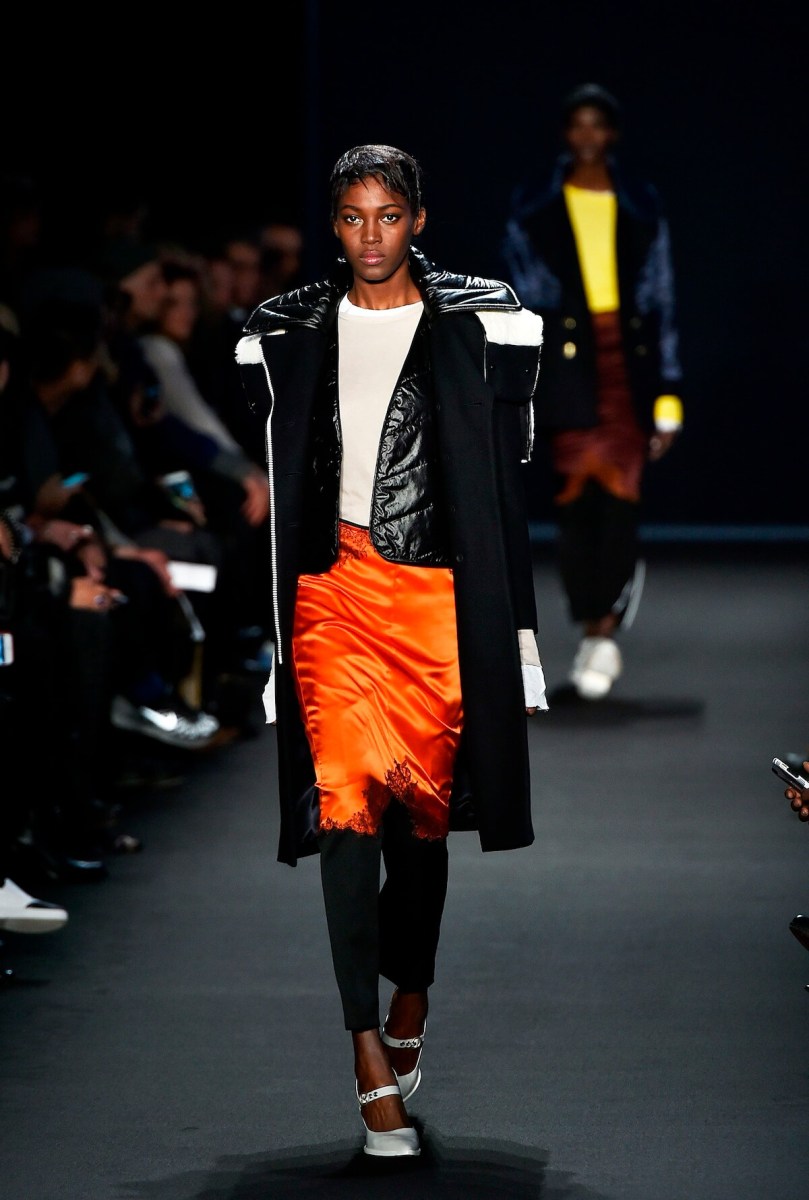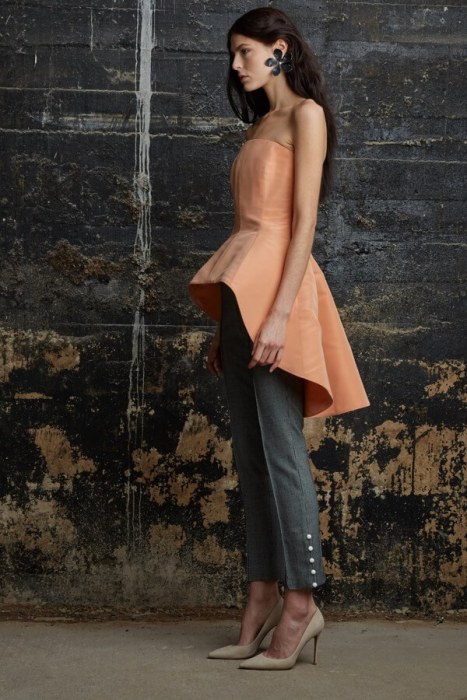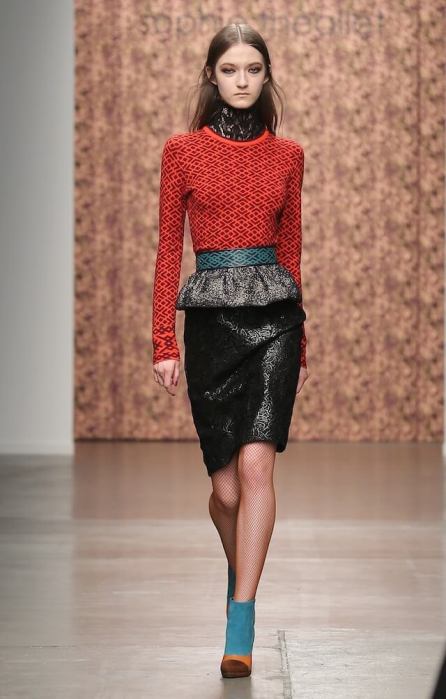This Fashion Week seemed to be more diverse than usual. It started with Chromat and Kanye West for Adidas, both labels showing their wares on a wide range of ethnicities, races and body types. Then, there were the disabled models at FTL Moda — including New York Fashion Week’s first amputee — a model with Down syndrome at Carrie Hammer and middle-aged women and young trans people at the avant-garde Eckhaus Latta. Articles heralded a sea change in the Fashion Week landscape. Yet, despite a handful of young designers shaking things up, the New York runways are still overwhelmingly white. “It’s still very much the same as previous seasons,” says Yomi Abiola, a model and founder of Stand Up for Fashion, which promotes diversity and social responsibility in the fashion industry. “Sure, there are one or two new faces, but if we could really call [the runways] diverse, they would look a lot different.” Indeed, of the thousands of looks walking down the 104 major runway shows archived by Style.com (not including small presentations or more niche showcases like VFiles), only about 20 percent of them were worn by non-white models, which has been static since 2008. The problem isn’t just with designers, says Abiola, but can be attributed to the lack of diversity in every level of the industry, from casting directors to editors to artistic directors. “There needs to be a cultural shift that takes place in the industry,” she says. “The runways are a reflection of what goes on internally.” And while the increasing number of non-white faces in the front row — as well as the importance of social media, with modeling agencies scouting Instagram for personalities rather than a uniform look — can make a difference eventually, it’s clear that when it comes to diversity, New York Fashion Week still has a way to go. “A handful of more diverse shows is not a full shift. It’s not a renewal of thinking,” says Abiola. “These are superficial strides made to avoid addressing something that’s a lot deeper.”
Diversity on the runway: New York Fashion Week

Getty


















